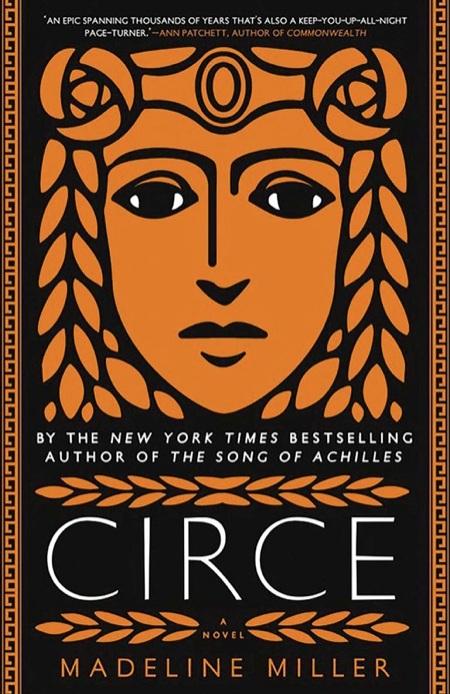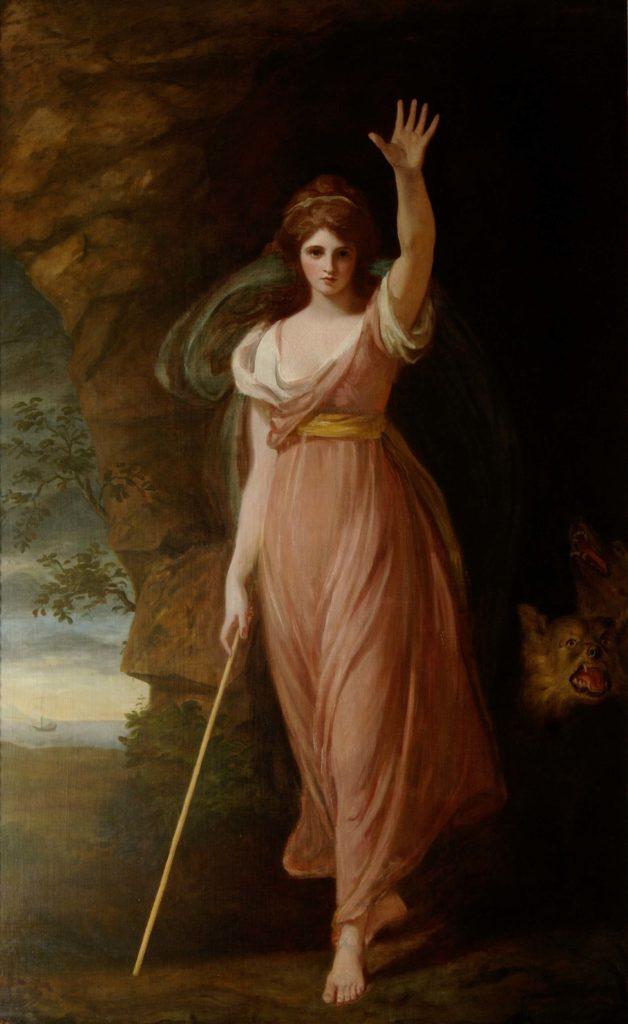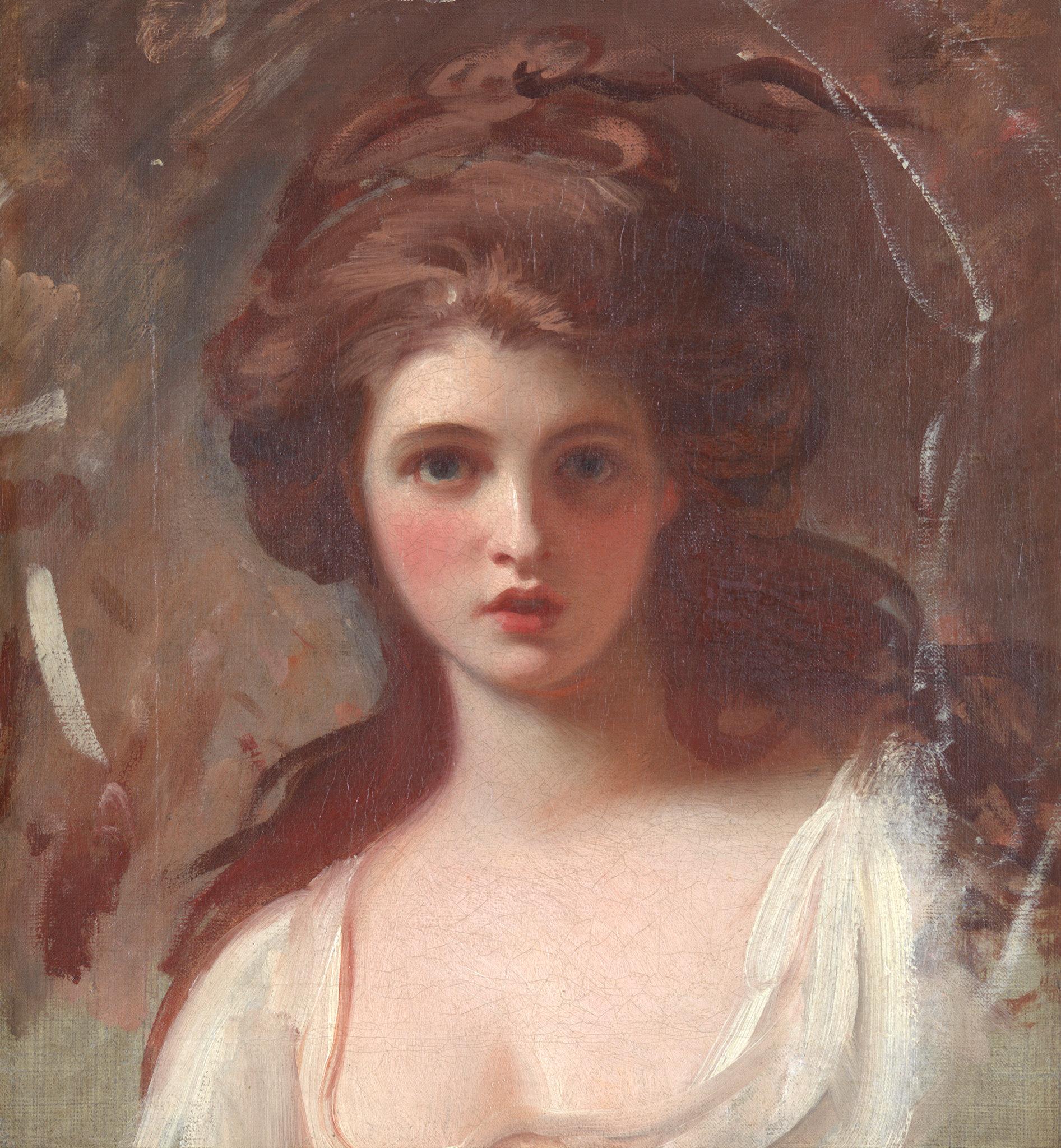In the vast landscape of contemporary literature, where mythological retellings are a burgeoning genre, Madeline Miller‘s Circe stands out as a luminous exemplar. This novel, which revisits the tale of the enigmatic sorceress from Homer’s Odyssey, has captivated readers and critics alike, not merely for its narrative prowess but for its profound reimagining of ancient myth. Through a deft blend of lyrical prose, intricate character development, and thematic depth, Miller crafts a narrative that transcends the traditional boundaries of mythological storytelling. In this analysis, we will explore the elements that elevate Circe to the status of a modern masterpiece, examining how Miller’s interpretation breathes new life into a timeless tale and offers a fresh perspective on the complexities of identity, power, and transformation.
Exploration of Character Depth and Human Emotion
Madeline Miller’s “Circe” stands out in its remarkable ability to delve into the psyche of its protagonist, offering readers a profound . Circe, the nymph often relegated to the periphery in classical myths, emerges as a fully realized character with a rich inner life. Miller crafts Circe’s journey with meticulous care, charting her evolution from a sidelined daughter of the sun god Helios to an independent entity who defies the gods themselves. This transformation is not just a narrative arc but a poignant study of personal growth, resilience, and self-discovery.
- Complex Relationships: The novel intricately explores Circe’s interactions with other mythological figures, revealing layers of emotional complexity and vulnerability.
- Internal Struggles: Through introspective prose, readers witness Circe’s internal battles with loneliness, identity, and the desire for belonging.
- Empathy and Humanity: Despite her divine lineage, Circe’s emotions are profoundly human, evoking empathy and reflection on the nature of power and mortality.
Through these elements, Miller not only retells a myth but breathes new life into it, transforming Circe’s tale into a timeless exploration of the human condition.

Innovative Narrative Structure and Storytelling Techniques
Madeline Miller’s ”Circe” stands out as a brilliant example of mythological retelling, primarily due to its innovative narrative structure and storytelling techniques. Unlike traditional linear narratives, Miller employs a non-linear approach that mirrors the timeless nature of myths themselves. This method allows readers to traverse the centuries with Circe, gaining insight into her transformative journey from a misunderstood nymph to a powerful witch. The narrative weaves through pivotal events and encounters, offering a kaleidoscopic view of her life, rather than a straightforward chronological account. This not only enhances the depth of Circe’s character but also invites readers to engage with the story on a more personal level.
Furthermore, Miller’s storytelling techniques breathe new life into ancient tales by emphasizing introspective character development and rich, evocative prose. Key techniques include:
- First-person perspective: By giving Circe a voice, Miller transforms her from a peripheral figure in Greek mythology to a central, relatable character.
- Layered storytelling: The narrative is infused with flashbacks and foreshadowing, which add complexity and depth to Circe’s character arc.
- Vivid imagery and symbolism: The use of detailed descriptions and symbolic motifs enhances the mythological setting, making it both familiar and fantastical.
These techniques not only captivate readers but also challenge them to reconsider traditional mythological narratives, thereby cementing “Circe” as a modern masterpiece in the realm of mythological fiction.

Authenticity and Creative Interpretation of Mythological Sources
In Madeline Miller’s Circe, the delicate balance between authenticity and creative interpretation is masterfully achieved, allowing readers to experience familiar myths through a fresh lens. Miller stays true to the core of ancient Greek mythology, meticulously weaving together well-known tales while also expanding on them with her own imaginative flair. This blend of fidelity and innovation enables the novel to resonate with both purists and newcomers to the genre. By grounding her narrative in detailed research, Miller ensures that her creative liberties are anchored in the rich tapestry of the original myths.
Key elements of Miller’s approach include:
- Character Depth: Circe, often depicted as a secondary character in traditional myths, is given a profound and complex personality, making her journey relatable and compelling.
- Exploration of Themes: Themes such as power, identity, and transformation are not only preserved but also deepened, offering new perspectives on timeless stories.
- Language and Style: Miller’s lyrical prose pays homage to the oral tradition of storytelling, capturing the essence of ancient narratives while infusing them with modern sensibilities.
Through this skillful combination of authenticity and creativity, Circe stands as a testament to the enduring power of myth and the endless possibilities for reinterpretation.

Impact on Modern Readers and Contemporary Literature
Madeline Miller’s Circe has left an indelible mark on modern readers and the landscape of contemporary literature by seamlessly blending ancient myth with a modern sensibility. At its core, Miller’s novel is a powerful exploration of identity, power, and transformation, themes that resonate deeply with today’s audience. Readers find themselves drawn to Circe’s journey of self-discovery and empowerment, which echoes the broader societal movements advocating for personal autonomy and equality. Through Circe’s eyes, Miller offers a fresh perspective on familiar myths, making them relevant and relatable to contemporary readers.
- Empowerment and Feminism: The novel elevates Circe from a mere footnote in Greek mythology to a fully-realized character, highlighting themes of female empowerment that align with current feminist discourse.
- Complex Characters: By infusing mythological figures with psychological depth, Miller creates characters that are both flawed and relatable, challenging traditional hero narratives.
- Literary Innovation: The novel’s innovative narrative structure and lyrical prose have inspired other authors to reimagine classical tales, leading to a resurgence of mythological retellings in contemporary literature.
In the realm of literature, Circe has set a precedent for how ancient stories can be reimagined to reflect and critique modern issues, establishing a new benchmark for mythological retellings. This has encouraged both readers and writers to explore ancient myths with a fresh perspective, contributing to a vibrant and evolving literary tradition.
